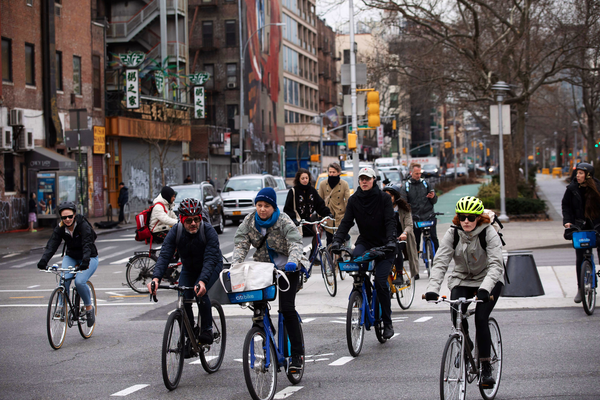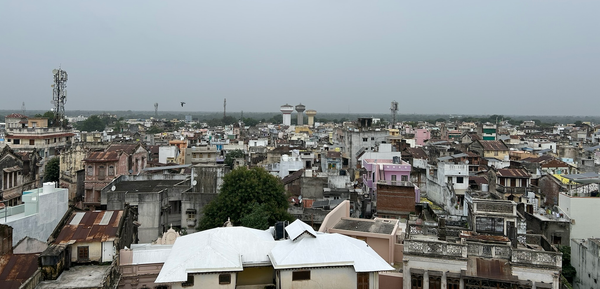The subway keeps moving forward
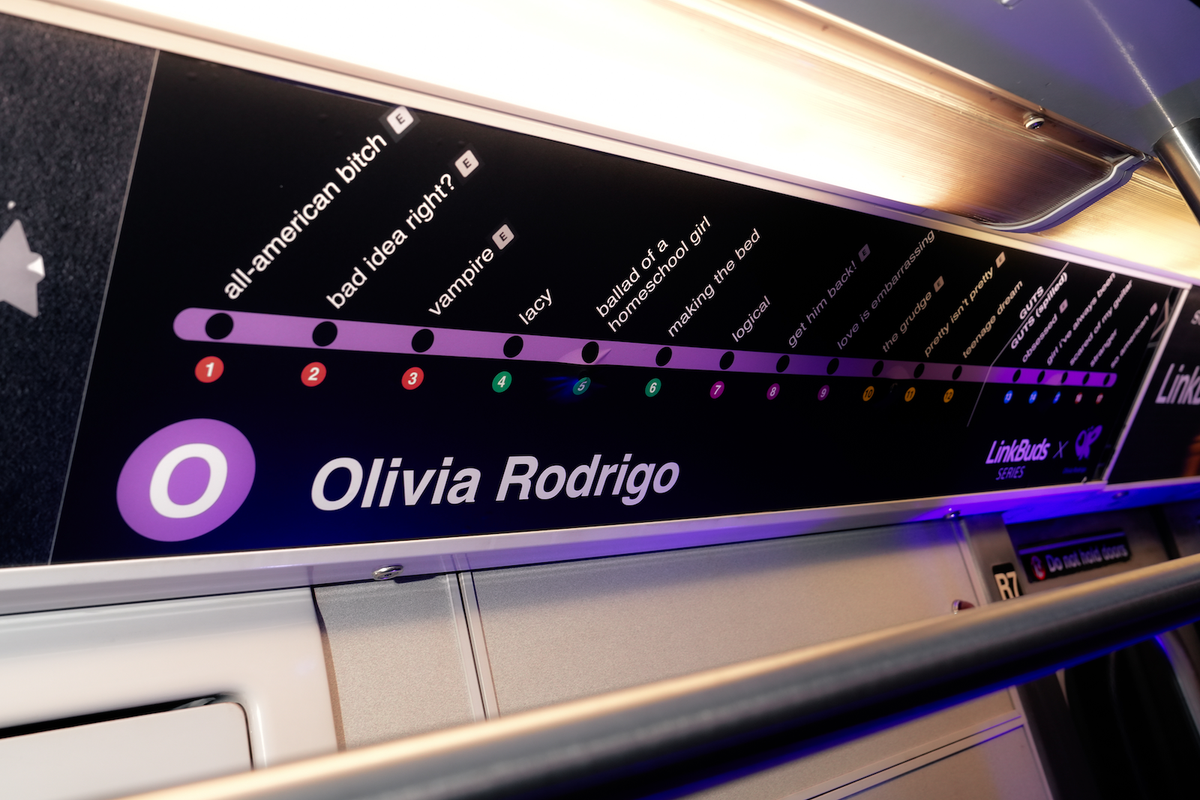
New Yorkers love to hate the subway. It’s dirty, it’s hot, it’s loud, it’s late. It’s outdated and unreliable—you've heard it all.
But when you consider that the NYC subway is the third-largest metro system in the world—operating 24/7 with nearly 500 stations and 3.5 million daily riders—even small improvements take enormous effort.
There are several recent improvements that have taken the system a world apart from where it was just twenty years ago: Real-time arrival information, OMNY tap-to-pay, and the new open-gangway train design. And these are all improvements that have been made despite considerable challenges.
Real-time arrival information
Remember when entering the subway meant going completely offline? Until 2011, your phone became useless underground. But over the next five years, the MTA quietly laid the groundwork for something much bigger: installing Wi-Fi and cellular service in every underground station. On its own, that move was a big improvement. But it also created the digital backbone for real-time tracking.
Once the network was in place, the MTA could begin pairing it with Bluetooth beacons mounted on trains and receivers in stations—especially on lines that previously lacked any form of digital tracking. Suddenly, it wasn’t just that you could check your messages or the news on the platform. You could see where your train was, how far it had to go, and when it would arrive—with surprising accuracy.
Knowing the location of every train, and making that information available through apps and station displays, fundamentally changes how we use the system. It turns a murky, analog experience into something clear. It reduces anxiety, builds trust, and helps riders make smarter decisions. And it all started with a relatively simple but visionary investment in connectivity.
More than just tap-and-go
Instead of swiping a MetroCard—which will no longer be sold after 2025—the new OMNY system allows you to tap your phone or card to pay.
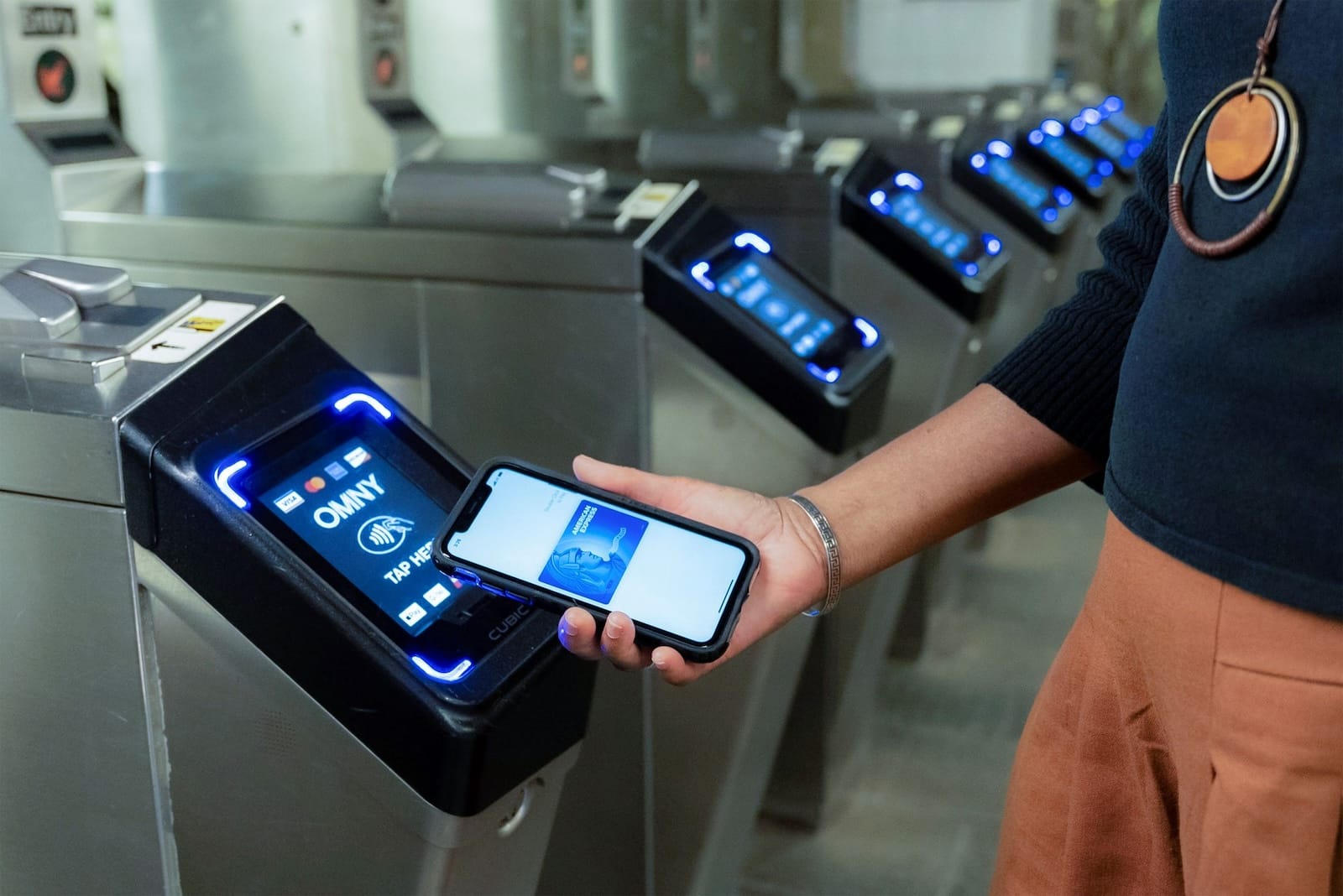
OMNY goes a long way towards making the system more usable. Beyond lightning your pockets and avoiding the frustration of a demagnetized MetroCard (remember that?), it also makes it easier for visitors to pay for and use the subway. It caps out after 12 rides per week, meaning frequent riders always get the best deal.
OMNY opens the door to a modern fare enforcement model: It can act as a proof-of-payment system. This means that an agent can determine if a rider has paid and issue an on-the-spot fine if not. This approach, common in Europe and Asia, would be a major improvement over New York's current binary: a criminal summons, or nothing.
The all-new R211T subway car
This new subway car from Kawasaki has been in service for about a year on the A and G lines, and it uses an "open-gangway" design which allows passengers to move easily up and down the train. Common in Europe and Asia, this design improves passenger flow and increases train capacity by 5-10%, which is considerable in light of the 3.5 million daily riders. It also helps passengers feel safer because it avoids the "trapped" feeling that can come when there's an altercation or other problem happening on a moving train. This is a big deal—especially in a city where personal space is rare and tensions can rise quickly.
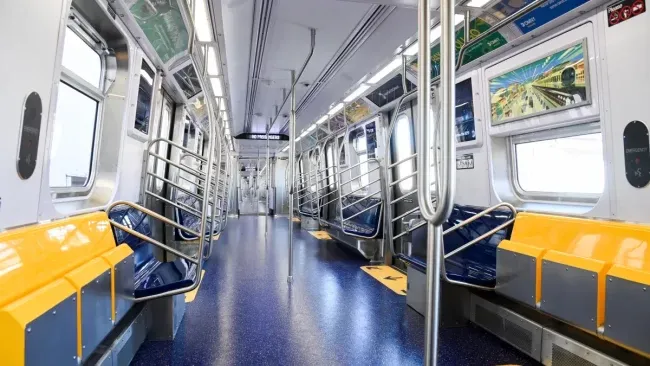
The new car has many other improvements including lights that tell you which doors will be opening, better signage, brighter lighting, wider doors, and better designated space for people with disabilities. They even include small niches next to doors to make it easier for people to get out of the way when the door opens. All of these improvements come together to offer riders a much more pleasant experience.
New train cars are expensive and take time to build, so it will be many years before we see these cars across the system—but it's nice to see the constant pressure forward.
What does this tell us?
These huge system-wide changes stand in stark contrast to many other things happening in New York City. To be clear, these major projects are far from perfect—they have false starts, delays, budget overruns and implementation issues too.
But because the MTA's jurisdiction over the subway system is nearly total, they face a lower coordination tax than most city projects, which have myriad agencies and constituencies to deal with. An overhaul of the New York's bike network, for example, is less technically complex but gets bogged down in political fragmentation.
To get subway-scale improvements to our streets, we need to start thinking at a systems level—borrowing what works, learning from others, and creating repeatable models that meet the moment. Whether it's parking, bike lanes, drainage, or anything else, we need to take what we've learned so far from our pilot projects, plus lessons that cities around the world can offer us, and update our manuals so that we can develop standard approaches that work better for the people who live, work and visit New York.
